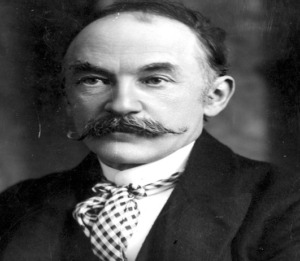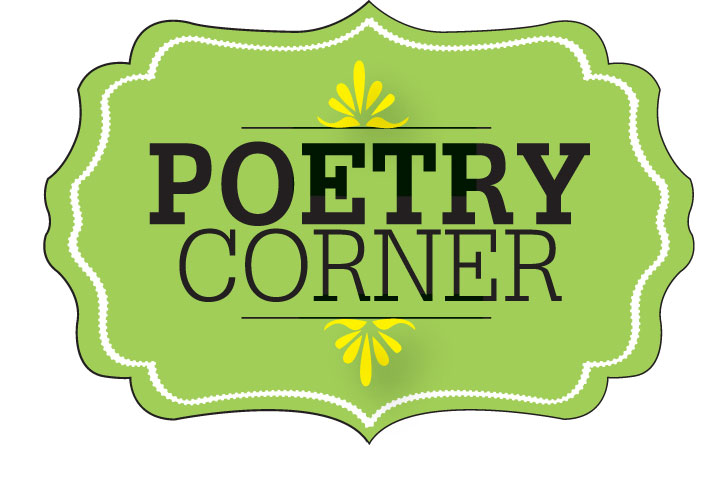By Norah Christianson
The Oxen
By Thomas Hardy
Christmas Eve, and twelve of the clock.
“Now they are all on their knees,”
An elder said as we sat in a flock
By the embers in hearthside ease.
We pictured the meek mild creatures where
They dwelt in their strawy pen,
Nor did it occur to one of us there
To doubt they were kneeling then.
So fair a fancy few would weave
In these years! Yet, I feel,
If someone said on Christmas Eve,
“Come; see the oxen kneel,
“In the lonely barton by yonder coomb
Our childhood used to know,”
I should go with him in the gloom,
Hoping it might be so.

There are legends and myths surrounding Christmas that require our suspension of disbelief. There are those gravity-defying reindeer, for one. And there’s the myth that the animals talk on Christmas Eve, which has its sources in Scandinavia. Like other holiday traditions—mistletoe, wreaths, the Christmas tree—the legend of talking animals most likely has pagan roots.
The folktale that the oxen kneel at the stroke of midnight on Christmas Eve has roots in the West Country of England. “The Oxen” is one of Thomas Hardy’s best-loved poems. In it, he is revisiting a memory of how, as a child, he and other children would sit at the hearth while, at the stroke of midnight, an elder told them, “Now they (the oxen) are all on their knees.” The children did not doubt it.
But in the third stanza, Hardy speaks of this belief as “a fancy,” or fairy tale, that few would believe these days. Belief in the oxen kneeling to pay homage to the Christ child is understood here to mean belief in Christianity, in a God. Hardy was 75 when the poem was published in The Times on 24 December 1915. The First World War had been raging for over a year—the slaughter, the horror, was even worse than the Anglo-Boer War. Hardy, who at one time in his early life had seriously considered a career in the church, had long ago lost his religious belief. The poem, then, is about religious doubt. But the longing to believe is still there for him, even though his logic denies it. He confesses that, if someone were to ask him on Christmas Eve to go the lonely barton (cowshed) in the coomb (valley) to see the oxen kneeling, he would go with him “in the gloom, hoping it might be so.” Thus, the poem moves from belief to disbelief to hope.
There are some good people for whom, when situations in the world are unbearable—such as the terrible wars we see going on right now—faith in God increases. They feel that they have a recourse in a loving God who will ameliorate the situation, who will help them. God has a plan. We might not know what the plan is, but knowing there is one gives our life and our suffering meaning. There are other good people, when situations in the world are unbearable, who cannot believe a loving God exists who would allow such suffering to occur. Either way, it is certainly human nature—in view of the comfort a God with a plan might give us— to believe in a God, or to hope there might be one. There are those, too, who neither believe nor hope. And they can be good people, too.
Thomas Hardy was born in 1840 in the English village of Higher Bockhampton in the county of Dorset. He died in 1928, in Dorchester, England. Hardy was one of the greatest novelists of the 19th century, but after his masterpieces Tess of the D’Urbervilles, and Jude the Obscure received savage reviews, he turned to poetry. (It is a terrible thing when the world kills an artist through negative criticism or simply failing to recognize him—and it’s happened so often.)
Hardy lived in rural Dorset, one of the poorest and most backward of the English counties. Dorset provided Hardy with material for his fiction and poetry. Virginia Woolf, who knew Hardy, has said of his work, “… It is a vision of the world and of man’s lot as they revealed themselves to a powerful imagination, a profound and poetic genius, a gentle and humane soul.”

